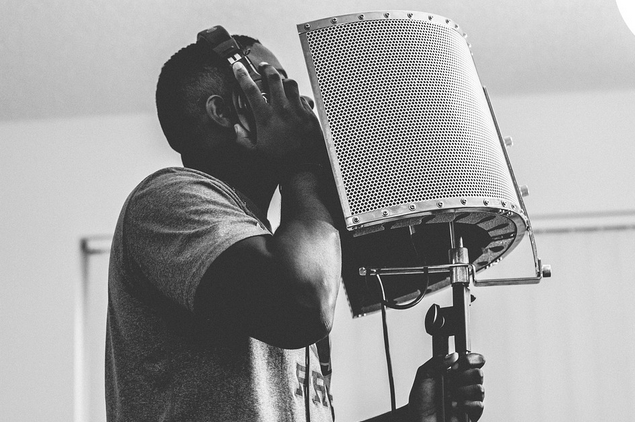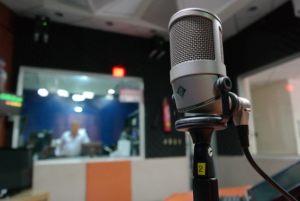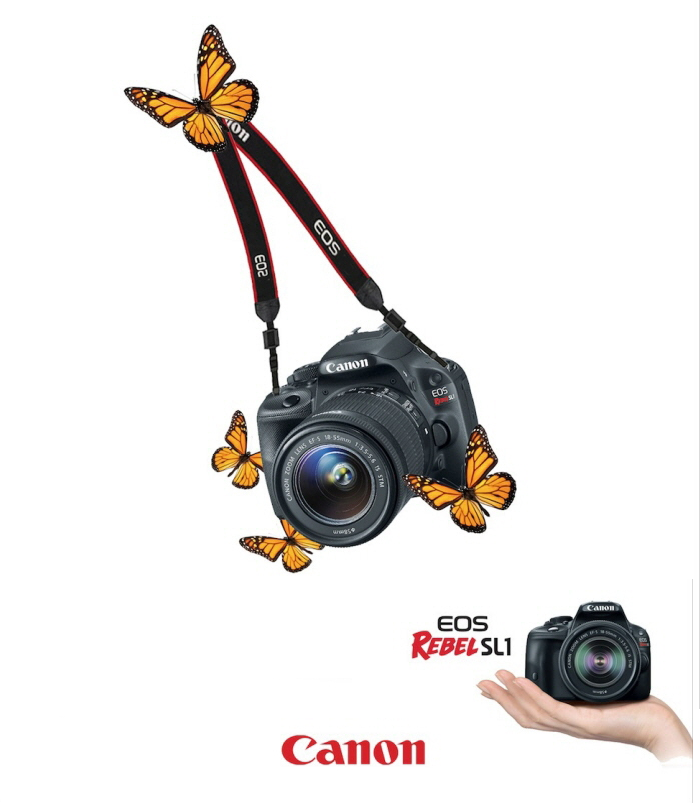Creating a Top-Notch Recording Studio for Your Business: A Friendly and Informative Guide

Recording studio equipment is a major investment for any business. Whether you’re looking to record a podcast, music album, or anything else, it’s important to choose the right gear to create the highest-quality recordings. According to Gem Tracks, there are several things that need to be taken into consideration before buying the necessary equipment. These include budget, space, and sound.
When it comes to budget, it’s important to research what kind of equipment is necessary for the type of recordings you plan on making and how much each piece will cost before committing to anything. It’s also a good idea to create a “wish list” of items that can be purchased over time if needed.
Step 1: Identify Your Needs

The first step in creating your recording studio is to identify your needs and goals. Are you planning to record music, voiceovers, podcasts, or a mix of these? The purpose of your studio will determine the type of equipment, software, and space you need.
Step 2: Choose the Right Space
The location of your recording studio is crucial. You need a quiet, well-insulated space to prevent sound leakage. Ideally, the room should be large enough to accommodate your equipment and performers, if applicable. Keep in mind the shape and size of the room can affect acoustics, so a rectangular room with high ceilings is often a good choice.
Step 3: Soundproof Your Studio
Once you’ve chosen the space, it’s time to soundproof it. This involves two key elements: sound isolation (keeping outside noise out and inside noise in) and acoustic treatment (improving the sound within the room). Common soundproofing materials include mass-loaded vinyl, resilient channels, and acoustic foam panels.
Step 4: Invest in Quality Equipment
The heart of any recording studio is its equipment. This typically includes microphones, headphones, speakers (monitors), an audio interface, and a computer with recording software (DAW). Remember, quality is key here. While top-notch gear can be pricey, it’s a worthwhile investment for professional results.
Step 5: Set Up Your Studio
 Setting up your studio involves arranging your equipment for optimal sound and workflow. The placement of monitors, microphones, and diffusers can significantly impact the sound quality. Don’t be afraid to experiment and adjust until you achieve the desired sound.
Setting up your studio involves arranging your equipment for optimal sound and workflow. The placement of monitors, microphones, and diffusers can significantly impact the sound quality. Don’t be afraid to experiment and adjust until you achieve the desired sound.
Step 6: Learn Your Gear
Investing time in learning how to use your gear and software will pay off in the long run. There are plenty of online tutorials and courses that can help you master your DAW and other equipment.
Step 7: Market Your Studio
Now that you have your studio set up, it’s time to attract clients. Build a website showcasing your studio, services, and sample work. Use social media and networking events to connect with potential clients. Offering discounted rates to first-time clients or referrals can also help you build your clientele.
Building a high-quality recording studio is a significant endeavor, but with careful planning, quality equipment, and a passion for sound, it can be a rewarding and profitable business venture. Here’s to your success in the world of professional audio recording.



